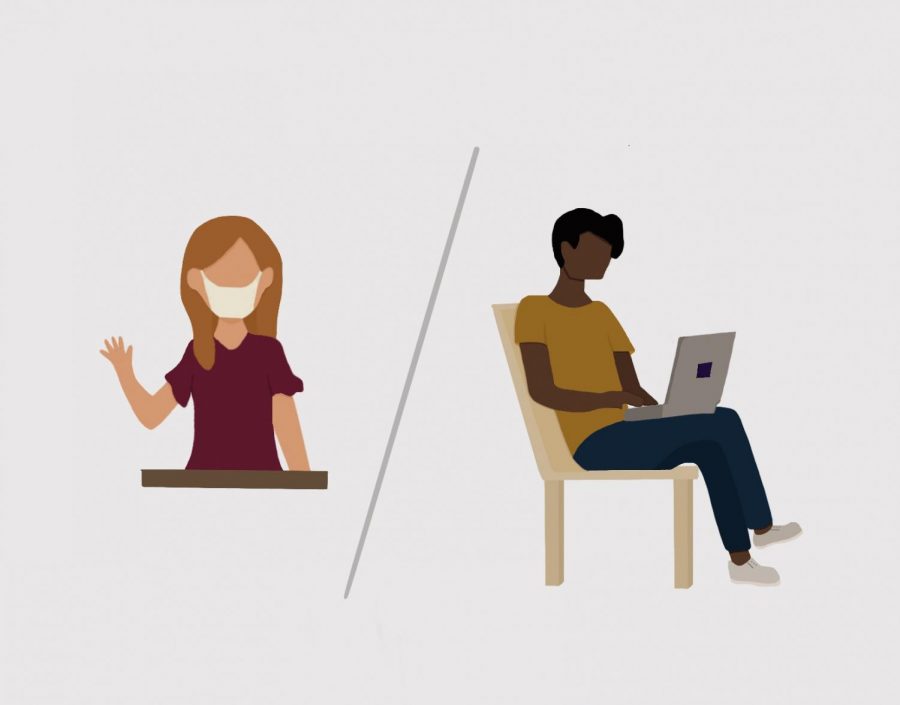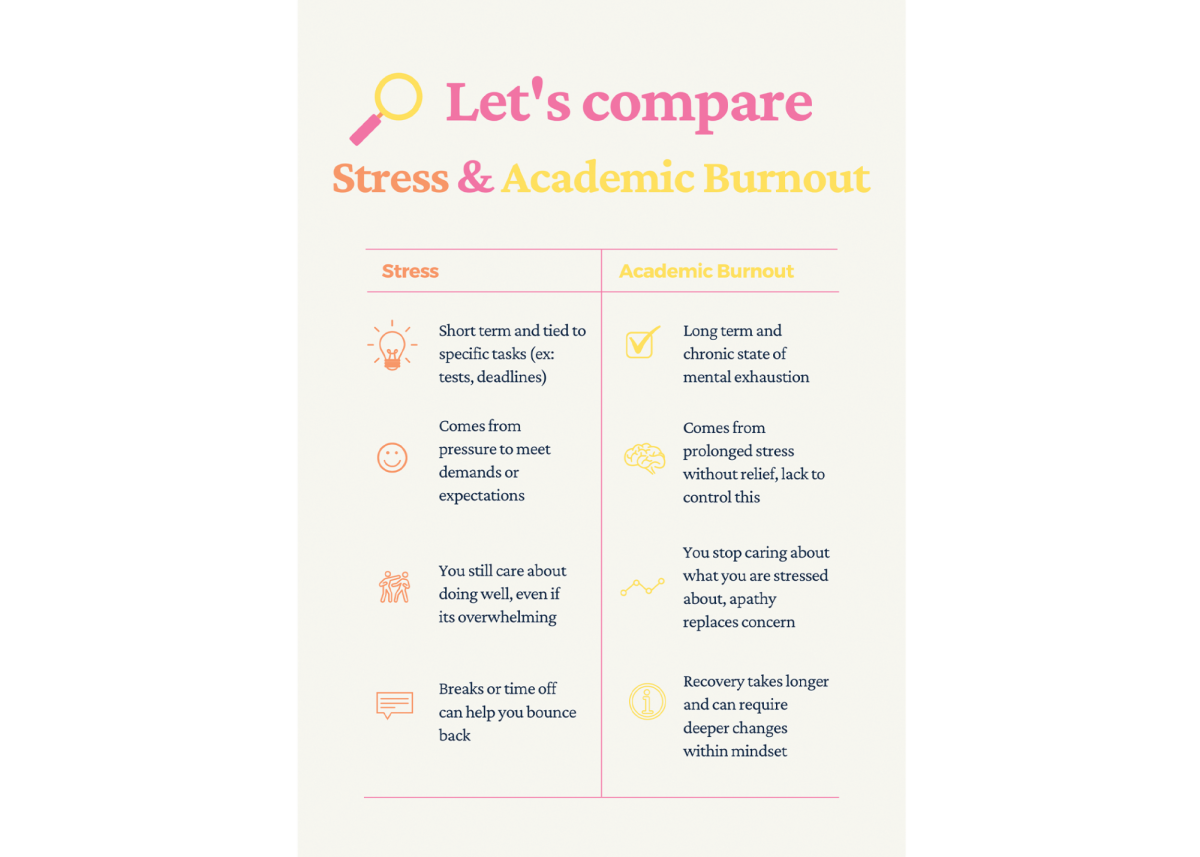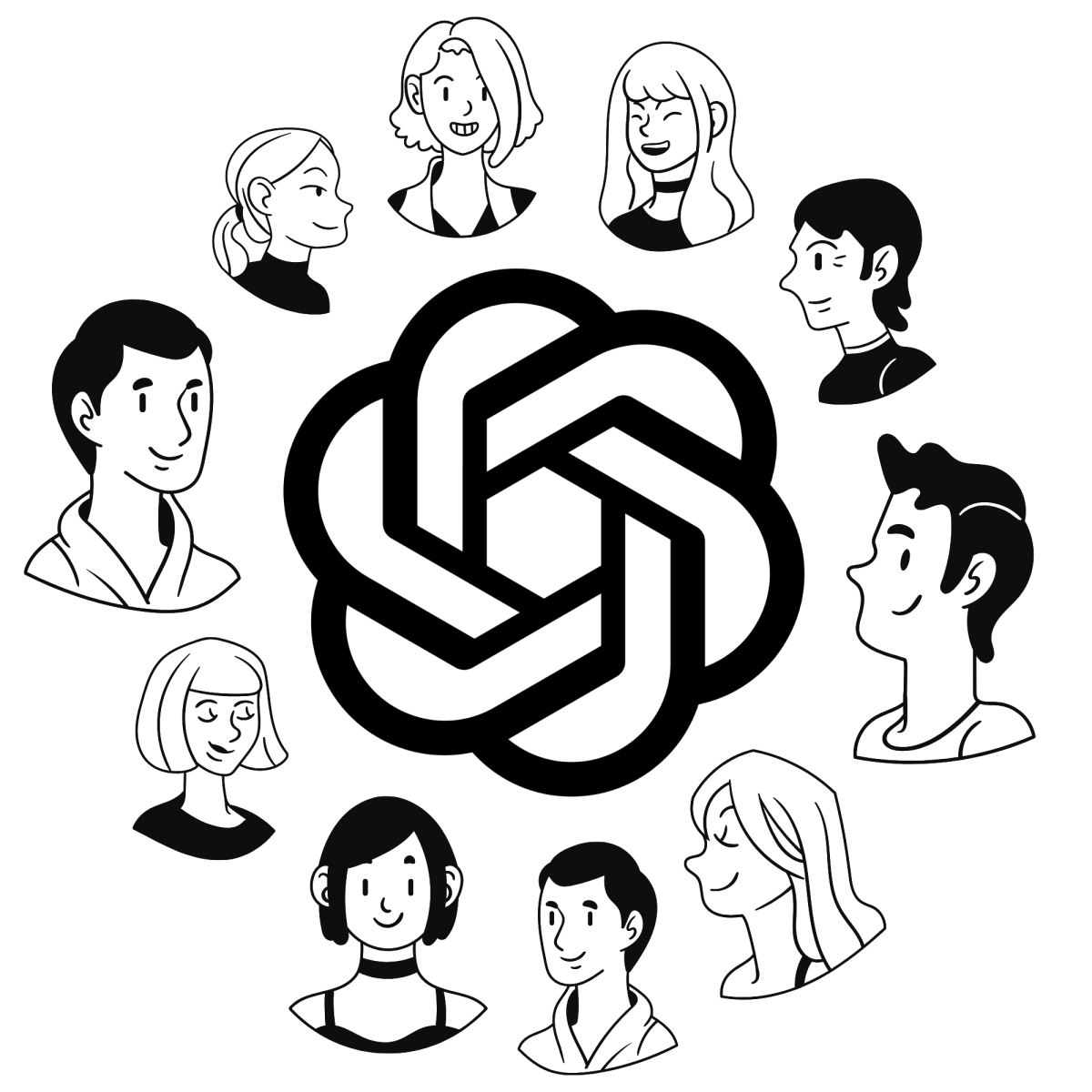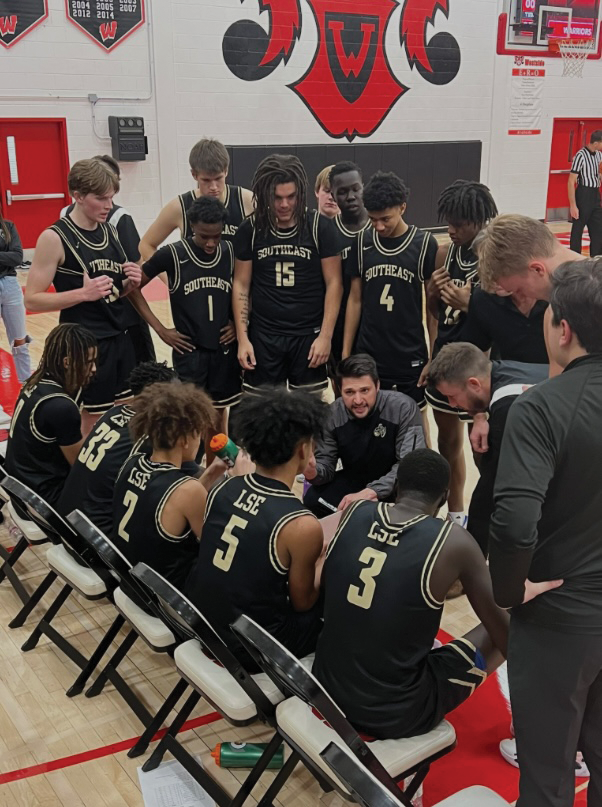The double life of students: How the pandemic is affecting high schoolers
November 4, 2020
Change is one of the words that many people experienced within the span of just a few months this year. Accommodating to new guidelines, adjusting to the new normal and doing things separately to ensure health and safety are some of the new things that everyone has had to go through. For students, this change is overwhelming. The feelings of isolation, the diminishing motivation and the constant state of fear are a few of the conflicts students wanted to escape from. As students believed they were done with the new changes due to the pandemic during the summer, the biggest change was yet to hit them: school.
Students have already been hit with these significant changes since March after COVID-19 was declared a world-wide pandemic. After the cancellation of school during the 3rd quarter and the rising cases across the country, many didn’t have high hopes for the upcoming school year. Some were wanting to return to school, while others were concerned about the health of students and staff.
After much consideration, LPS developed a plan in July for the beginning of the new school year. For high schoolers, they would have to follow a 3/2 schedule, dividing each high school’s population into two groups. This plan was to help ensure that contact between people is minimized. From this, students had to make the decision on whether they would start the school year remote or in person.
Based on these options, students knew that the new way of learning would be different compared to other school years. This new learning situation has created a “double life” for students as they are expected to be in two different settings interchangeably — Zoom and in-person. Because of this, students were left pondering what their school year will exactly look like.
As students were figuring out what their beginning of the new school year would look like, many had to take into account what would be the best for them. Many thought about their own health while others thought about which environment will be the best for them to learn in.
Junior Ella Salem, a full time remote learner, explains her reason on why she decided to start the new school year online.
“My parents and I decided to do full-time Zoom in order to protect ourselves and others. COVID-19 is a really big issue in our country, and I feel like some people do not take it seriously enough or care about protecting each other enough,” Salem said.
For other students, many decided to come back to school to have a sense of normalcy and to be more successful in their classes. Senior Sara Al-Rishawi decided to return to school due to her class schedule.
“[In] a lot of the classes that I am taking, such as AP Statistics and Anatomy and Physiology, the only way that I can be successful is if I was in class due to the structure of them,” Al-Rishawi said.
As the new school year started, many encountered frustrations through the different environments of learning. With Zoom, it is easy to feel disconnected and hard to stay motivated. For students going back to school, it can be hard to have a set routine with the constant change of new environments of being at home and school. Students can see themselves more focused during class at school, but when they are at home for school, it can be a different story. For Salem, just like others, she can feel the struggles of keeping up with class while on Zoom.
“The hardest part about Zoom is making sure that I understand all the information because it is very hard to ask questions,” Salem said. “I find myself not paying attention sometimes and then to keep up, I need to study more.”
Communication is a major priority for the new school year, but many feel that it has been hard to accomplish it. On Zoom, it can be harder to communicate with teachers than being in class. With this lack of communication that students can develop with their teachers, it can seem overwhelming to move forward with classes and their content.
“It is harder to communicate with teachers because it’s hard to get their attention,” Salem said. “If you have a question, you have to either email it or ask them in front of the whole class.”
During quarantine, people longed for interactions. When students returned to school, more interactions started to fade. Students have faced the struggles of not being able to see their friends and classmates.
“It can become a little difficult to continue on because there is no interaction with any sort of friends and peers,” Al-Rishawi said. “Even when you try interacting with your teachers, you’re not getting that same interaction back.”
Even though students are facing difficulties, there can be some good from these new changes. Other than ensuring students’ health will be safer, students have been able to find ways to be successful.
“The easiest part [of Zoom] is that I have more time to do other homework,” Salem said.
Overall, from these abrupt changes of fluctuating routines and environments, it does seem like students are living a different or “double” life compared to their normal one. Less interactions, more events being cancelled and diminished productivity seem to fuel this unknown routine students have never encountered before.
At the end of the day, it’s clear how the pandemic has had an impact on the new school year. Many might have complained about school in the past, but with experiencing new, restrictive changes, most are now somewhat desperate to return to the classroom. However, with more communication and awareness during these unprecedented times, these restrictions that students are facing might make this “double life” a bit easier to get through.









